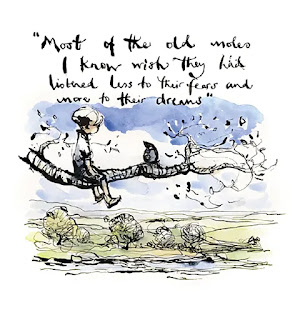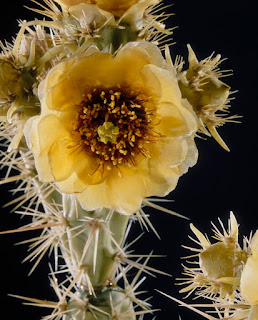28. Ann Cleeves, Thin Air (2014) (5/22/21)
The sixth of Cleeves's Shetland mysteries (my report on the fifth is
here). Jimmy Perez seems to be getting back on his feet after the murder (he blames himself) of his one true love, Fran Hunter. Who is a ghostly presence throughout this book. Understandably, I suppose, but I wish she'd been less so.
This one kept me interested, and I was surprised (somewhat) by the twists at the end, which weren't utterly twisty because there was plenty of character building, or at least establishment, to lend credence. Though that said, if this had been non-genre literature, I certainly would not have been convinced by the motivations of the eventual perpetrator, or of a few of the others who played into the mystery.
But, yes: mystery! Genre fiction! Suspension of disbelief! It's just a yarn!
Very briefly, the story is: a group of friends who'd attended Durham University come to Shetland for the "hamefarin'"—wedding celebration—of two of their comrades. The next morning, one of them, a TV producer researching ghostly happenings, is found dead. A few days later, a local hotelier, also English—a former magician—is also found dead. The spectral spirit of a girl who drowned in 1930 is seen dancing in the distance on several occasions. And beyond that, it's difficult to summarize—a lot goes on. Needless to say, Jimmy and his cohorts figure it out.
I've been getting into mysteries lately—they make for good page-turner entertainment, especially when I'm working (i.e., reading for a living). Sometimes I'm satisfied, sometimes less so. I've lately wondered whether some of that "satisfaction" depends on what else I'm reading in my life. If I'm seeking a mystery as a "something, anything" antidote to duty, am I less accepting? If I just have the time to kick back and read a yarn, am I easier to please?
Lately, too, my husband and I have been watching various old TV comedies in the evening: Moone Boy, 30 Rock, Dharma and Greg. We enjoy them all, but we also notice that we laugh more with one of them, and wonder why. Is it simply better writing? A different sensibility? More sympathetic characterization? Setting the viewer up for a punchline vs. telling a story? Something about the situations that really resonates with us, coming from where we do?
Probably the latter: we are not Irish; we don't live in NYC and work in TV; but we do understand class differences and pragmatism vs. idealism. Dharma and Greg really gets us laughing. It's salutary.
I don't know, but wondering about that got me thinking about mysteries and just what makes them work. There are of course numerous lists on the internet of, for example, "The 10 Essential Elements of a Good Mystery Story" or, more pithily, "The Five Essential Elements of a Mystery." Let's see how they compare. Pithy first:
1. Characters
2. Setting
3. Plot
4. Problem
5. Solution
Those, seriously, should be obvious (though of course the article goes into depth). Let's see the expansion:
1. A strong hook
2. An atmospheric setting
3. A crime
4. A sleuth
5. A villain
6. Narrative momentum
7. A trail of clues
8. Foreshadowing
9. Red Herrings
10. A satisfying ending
Okay. A bit better.
Here's another set of advice that seems more useful, for both a reader and, especially, a writer:
1. Read other mysteries often
2. Know every detail of the crime
3. Open with intrigue
4. Construct convincing characters
5. Make a list of suspects
6. Lean into your locations
7. Let the reader play along
8. Misdirect your reader
9. Rewrite and rewrite some more
The more I read mysteries, and the more I think about constructing them, the more impressed I am that people even try. Haven't all of the crimes been committed, all the motivations played out, all the revenges enacted?
And yet still, I will no doubt continue to nitpick as I continue to find solace in mystery page-turners. Like in this one: Just who did the phone call come from on page 334? (Yes, we find out eventually.) And why were Polly's thoughts about Duncan so calm at the start of the book, considering what we learn, toward the end, that Caroline had told her on the ferry ride to Unst? And why was young Grace so attached to that period piece of an outfit anyway? Why, moreover, did Jimmy have to fly to London—was it simply to give the reader a change of scene? Couldn't he have done all that over the phone? (Maybe. Maybe not as effectively, though.)
Anyway, yeah: another book done. That's what counts. And I do like Jimmy Perez. I'll be happy to read the last two of the series. (Assuming we're at the end.)


























































